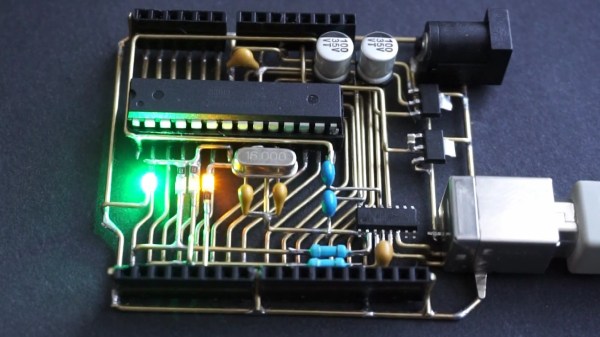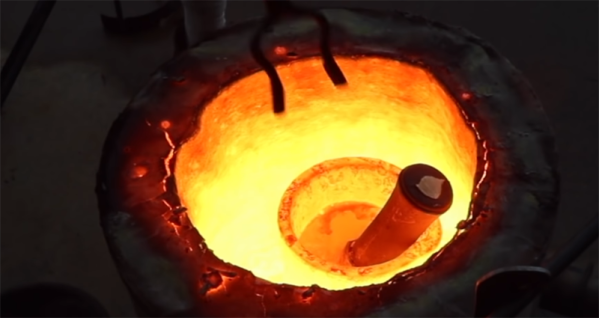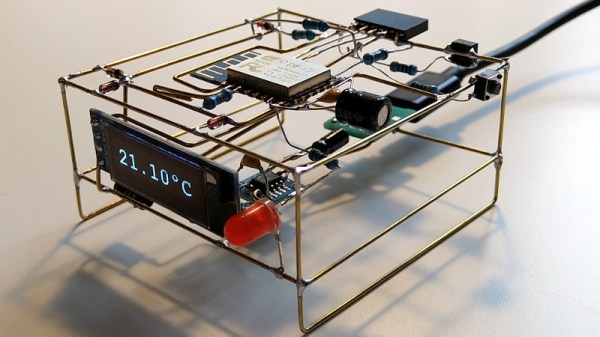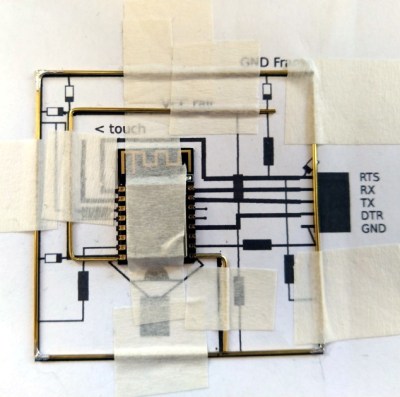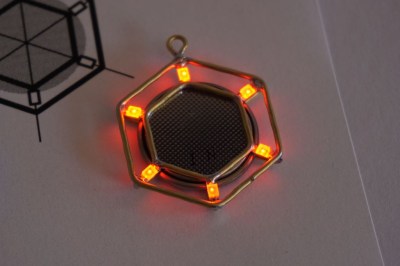Hackaday Editors Elliot Williams and Mike Szczys wade through the fun hacks of the week. Looks like Google got caught ripping off song lyrics (how they got caught is the hack) and electric cars are getting artificially noisier. We look at 3D Printing directly from used plastic, and building a loom with many hundreds of 3D printed parts. The Sound Blaster 1.0 lives again thanks to some (well-explained) reverse engineered circuitry. Your smartphone is about to get a lot more buttons that work without any extra electronics, and we’ll finish things up with brass etching and downloadable nuclear reactor plans.
Take a look at the links below if you want to follow along, and as always tell us what you think about this episode in the comments!
Take a look at the links below if you want to follow along, and as always, tell us what you think about this episode in the comments!
Direct download (60 MB or so.)



